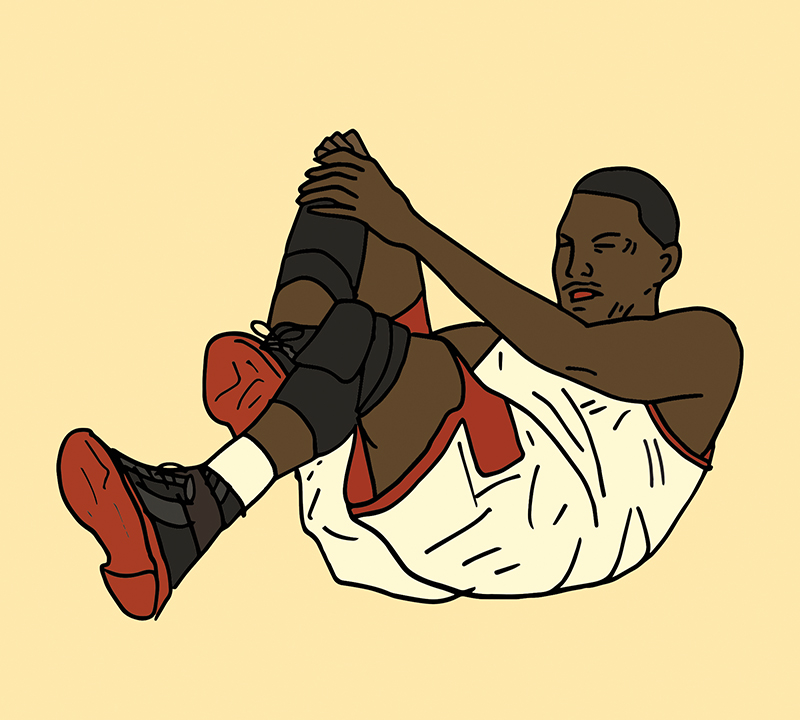Following the reaction to Gordon Hayward’s injury, sports journalists need a different approach
“Oh my goodness, Hayward came down so hard. Hayward broke his leg. Hayward has broken his leg. Oh my gosh… Oh my gosh. And that is how quickly a season can change.”
This was the live play-by-play by Kevin Harlan of TNT during a broadcast of the Boston Celtics game against the Cleveland Cavaliers, when Celtics star forward Gordon Hayward fractured and dislocated his left tibia.
Media outlets are often criticized for their handling of traumatic events. Some show the play over and over again, leaving their audience nauseous or numb to the gravity of the situation. Others are hesitant to refer to the play at all, and call the rest of the game as if nothing changed.
TNT received praise for their handling of the Hayward situation. Broadcasters kept silent while the Celtics’ medics attended to Hayward. Only the murmurs of concern from the crowd could be heard on TV. The crowd at the TD Garden in Boston was near-silent. Neither Harlan nor colour analyst Reggie Miller spoke until Hayward was removed from the court.
However, seconds after Hayward went down, Harlan commented on the effect this injury would have on the Celtics’s season. After the injury, bloggers and columnists were talking about what the Celtics would do to fill Hayward’s place in the line-up.
For analysts, it’s easy to forget the athletes in front of them have to recover from their injuries. Athletes also experience stress and psychological obstacles during their recovery, and negative responses from the media don’t help.
Soon after the injury, Fox Sports analyst Skip Bayless tweeted: “If Gordon Hayward is gone, maybe for the season, LeBron’s path to losing a sixth finals gets even easier,” making reference to LeBron James and the Cleveland Cavaliers’ chance to return to the NBA final. And while this response is particularly soulless, its sentiment isn’t altogether uncommon.
Despite some examples of bad coverage, the media also has positive coverage of injuries. There is a much higher emphasis on head safety than there was in the past by both sports teams and the media. Media outlets now praise teams for being upfront and transparent in their treatment of head injuries, rather than discussing a player’s absence and potential replacement.
A player can heal a lot quicker from physical injuries, such as broken bones, than head-related injuries. Yet there isn’t enough thought put into the repercussions a physical injury can have on an athlete’s mental health. When the media focuses on the injured player’s replacement rather than their well-being, the player may get frustrated or lack the motivation to recover quickly.
There should be an onus to treat both head injuries and physical ones with the same level of empathy within sports journalism. The media applauded teams for improved handling of mental health issues stemming from head injuries. Now it’s time to focus on long-term physical injuries and the emotional responses that come with them.
Graphic by Zeze Le Lin.




